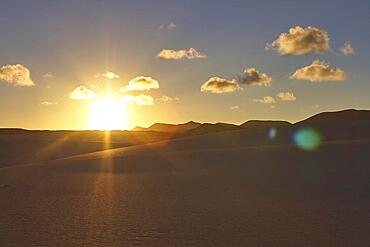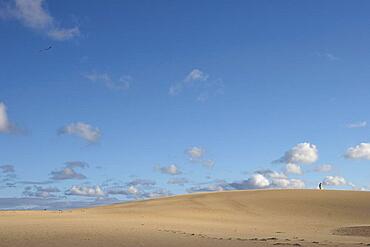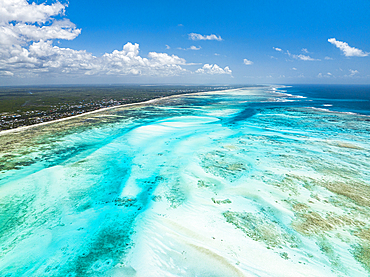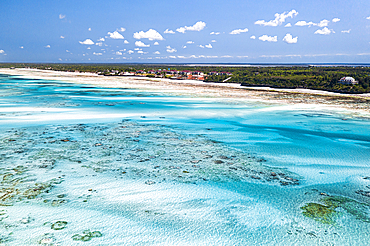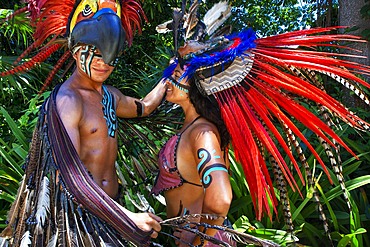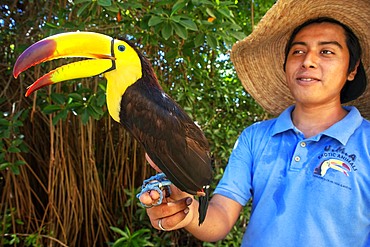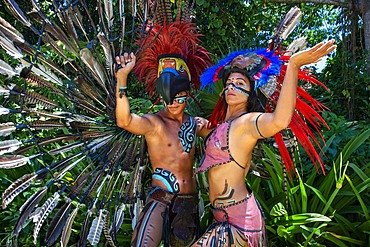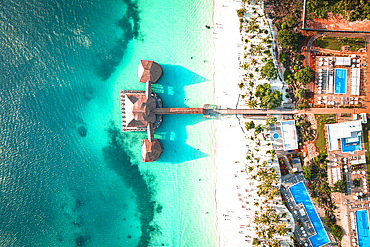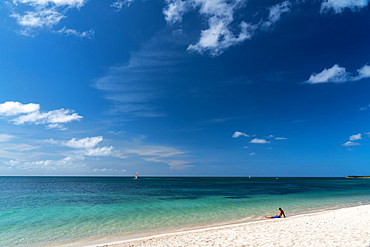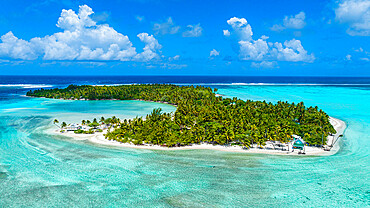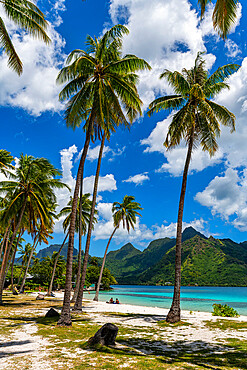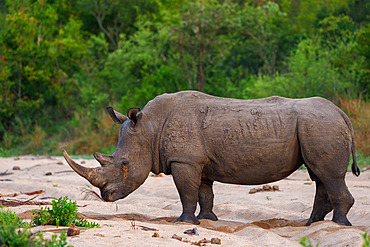Recent searches
Loading...
1353-511 - Beachy Head Lighthouse and Beachy Head white chalk cliffs from the beach, Beachy Head, near Eastbourne, South Downs National Park, East Sussex, England, United Kingdom, Europe
1353-510 - The Seven Sisters white chalk cliffs at sunset, Birling Gap, South Downs National Park, East Sussex, England, United Kingdom, Europe
832-398963 - Evening light, dusk, sunset, backlight, dunes, hills, grey-white clouds, blue sky, northeast coast, dune area, El Jable, nature reserve, Fuerteventura, Canary Islands, Spain, Europe
832-398962 - Evening light, dusk, sunset, backlight, dunes, hills, grey-white clouds, blue sky, northeast coast, dune area, El Jable, nature reserve, Fuerteventura, Canary Islands, Spain, Europe
832-398961 - Dune, kite in the air, single person, further away, blue sky with white clouds, northeast coast, dune area, El Jable, nature reserve, Fuerteventura, Canary Islands, Spain, Europe
832-398585 - Many butterflies (Danaus chrysippus) and Pioneer White butterfly sit in sand, some animals hoover, fly above the group of insects. Kalahari, South Africa, Africa
1353-502 - The Seven Sisters white chalk cliffs from Cuckmere Haven, South Downs National Park, East Sussex, England, United Kingdom, Europe
1353-497 - Beachy Head Lighthouse and Beachy Head White Chalk Cliffs viewed from the coast, Beachy Head, near Eastbourne, South Downs National Park, East Sussex, England, United Kingdom, Europe
1353-494 - The Seven Sisters white chalk cliffs from Cuckmere Haven, South Downs National Park, East Sussex, England, United Kingdom, Europe
1353-493 - Beachy Head Lighthouse and the white chalk cliffs of Beachy Head, South Downs National Park, East Sussex, England, United Kingdom, Europe
1353-492 - The Seven Sisters white chalk cliffs at dawn from Cuckmere Haven, South Downs National Park, East Sussex, England, United Kingdom, Europe
1179-6174 - Boats on idyllic white coral beach, overhead view, Zanzibar, Tanzania, East Africa, Africa
1336-824 - The shore with white salt formation on the beach, Dead Sea, Jordan, Middle East
1184-8181 - White sand beach at the green lagoon, Fakarava, Tuamotu archipelago, French Polynesia, South Pacific, Pacific
1184-8179 - White sand PK-9 beach, Fakarava, Tuamotu archipelago, French Polynesia, South Pacific, Pacific
1184-8177 - White sand PK-9 beach, Fakarava, Tuamotu archipelago, French Polynesia, South Pacific, Pacific
1184-8176 - White sand PK-9 beach, Fakarava, Tuamotu archipelago, French Polynesia, South Pacific, Pacific
1184-8174 - White sand PK-9 beach, Fakarava, Tuamotu archipelago, French Polynesia, South Pacific, Pacific
1184-8175 - White sand PK-9 beach, Fakarava, Tuamotu archipelago, French Polynesia, South Pacific, Pacific
1184-8173 - White sand PK-9 beach, Fakarava, Tuamotu archipelago, French Polynesia, South Pacific, Pacific
1184-8172 - White sand PK-9 beach, Fakarava, Tuamotu archipelago, French Polynesia, South Pacific, Pacific
1184-8168 - Aerial of little island with white sand beach, the Ile aux Recifs, Rangiroa atoll, Tuamotus, French Polynesia, South Pacific, Pacific
1184-8050 - Aerial of white sand beach on Direction Island, Cocos (Keeling) Islands, Australian Indian Ocean Territory, Australia, Indian Ocean
1184-8048 - Aerial of white sand beach on Home Island, Cocos (Keeling) Islands, Australian Indian Ocean Territory, Australia, Indian Ocean
1184-8046 - Aerial of a white sand beach, Cocos (Keeling) Islands, Australian Indian Ocean Territory, Australia, Indian Ocean
1184-8044 - White sand beach, Western Island, Cocos (Keeling) Islands, Australian Indian Ocean Territory, Australia, Indian Ocean
1184-8043 - White sand beach, Direction Island, Cocos (Keeling) Islands, Australian Indian Ocean Territory, Australia, Indian Ocean
1184-8042 - White sand beach on a little islet, Cocos (Keeling) Islands, Australian Indian Ocean Territory, Australia, Indian Ocean
1179-6113 - Aerial view of white coral sand of a blue lagoon at low tide, Paje, Jambiani, Zanzibar, Tanzania, East Africa, Africa
1179-6105 - Aerial view of idyllic blue lagoon and nearby white sand beach of Pingwe, Michamvi, Zanzibar, Tanzania, East Africa, Africa
1350-6608 - Mexican aztec dress gods at Grand Palladium White Sand Resort and Spa in Riviera Maya, Yucatan Peninsula, Quintana Roo, Caribbean Coast, Mexico.
Aztec clothing was generally loose fitting and did not completely cover the body. When the Spanish arrived in Mexico, the people were surprised to see them in their full armour, with only their faces exposed.
Aztec clothes were generally made of cotton (which was imported) or ayate fiber, made from the Maguey Cactus (also called the Century Plant or American Aloe). Women would weave the fibers into clothing, a task girls were taught as young teenagers. Because of their vast trading network, the Aztecs were able to make use of a beautiful array of dyes, creating the brilliant
1350-6609 - Kayakking in front of the beach of Grand Palladium White Sand Resort and Spa in Riviera Maya, Yucatan Peninsula, Quintana Roo, Caribbean Coast, Mexico
1350-6606 - A Mexican staff member holds a tucan at Grand Palladium White Sand Resort and Spa in Riviera Maya, Yucatan Peninsula, Quintana Roo, Caribbean Coast, Mexico
1350-6602 - Aerial view of Grand Palladium White Sand Resort and Spa in Riviera Maya, Yucatan Peninsula, Quintana Roo, Caribbean Coast, Mexico
1350-6595 - Mexican aztec dress gods at Grand Palladium White Sand Resort and Spa in Riviera Maya, Yucatan Peninsula, Quintana Roo, Caribbean Coast, Mexico.
Aztec clothing was generally loose fitting and did not completely cover the body. When the Spanish arrived in Mexico, the people were surprised to see them in their full armour, with only their faces exposed.
Aztec clothes were generally made of cotton (which was imported) or ayate fiber, made from the Maguey Cactus (also called the Century Plant or American Aloe). Women would weave the fibers into clothing, a task girls were taught as young teenagers. Because of their vast trading network, the Aztecs were able to make use of a beautiful array of dyes, creating the brilliant
1179-6101 - Luxury resort on white coral beach in the clear turquoise water, overhead view, Kendwa, Zanzibar, Tanzania, East Africa, Africa
450-4649 - The deep blue sea with white beaches in the foreground, Varadero, Cuba, West Indies, Caribbean, Central America
1178-43910 - USA, New Mexico, White Sands, Warning sign on white sand desert
450-4578 - The luxury of a near deserted white sand beach, Trinidad, Cuba 2
450-4577 - One man and his white sand beach, Trinidad, Cuba
846-3154 - View of white sand beach and turquoise water of the Ionian Sea, Gallipoli, Puglia, Italy, Europe
1184-7660 - White sand beach at Turquoise Bay, Ningaloo Reef, UNESCO World Heritage Site, Exmouth, Western Australia, Australia, Pacific
1184-7659 - White sand beach at Turquoise Bay, Ningaloo Reef, UNESCO World Heritage Site, Exmouth, Western Australia, Australia, Pacific
1184-7588 - Aerial of a white sand beach in the Amaru atoll, Tuamotu Islands, French Polynesia, South Pacific, Pacific
1184-7587 - Aerial of a white sand beach in the Amaru atoll, Tuamotu Islands, French Polynesia, South Pacific, Pacific
1184-7565 - White sand beach, Taveuni, Fiji, South Pacific, Pacific
1184-7562 - White sand beach, Taveuni, Fiji, South Pacific, Pacific
1184-7563 - White sand beach, Bouma National Park, Taveuni, Fiji, South Pacific, Pacific
1184-7471 - Aerial over the white sand beach, west coast Rurutu, Austral islands, French Polynesia, South Pacific, Pacific
1184-7444 - Aerial of a little islet with a white sand beach, Maupiti, Society Islands, French Polynesia, South Pacific, Pacific
1184-7445 - Aerial of a little islet with a white sand beach and the lagoon of Maupiti, Society Islands, French Polynesia, South Pacific, Pacific
1184-7449 - Aerial of a little islet with a white sand beach, Maupiti, Society Islands, French Polynesia, South Pacific, Pacific
1184-7432 - White sand Public Beach Ta'ahiamanu, Moorea (Mo'orea), Society Islands, French Polynesia, South Pacific, Pacific
1184-7428 - White sand Public Beach Ta'ahiamanu, Moorea (Mo'orea), Society Islands, French Polynesia, South Pacific, Pacific
1184-7429 - White sand Public Beach Ta'ahiamanu, Moorea (Mo'orea), Society Islands, French Polynesia, South Pacific, Pacific
1184-7426 - White sand Public Beach Ta'ahiamanu, Moorea (Mo'orea), Society Islands, French Polynesia, South Pacific, Pacific
1184-7420 - White sand beach on a little islet, Maupiti, Society Islands, French Polynesia, South Pacific, Pacific
1184-7422 - White sand Terei'a Beach in Maupiti, Society Islands, French Polynesia, South Pacific, Pacific
1184-7423 - White sand Terei'a Beach in Maupiti, Society Islands, French Polynesia, South Pacific, Pacific
1184-7399 - White sand beach in Rikitea village, Mangareva, Gambier archipelago, French Polynesia, South Pacific, Pacific
1184-7380 - White sand beach, Aukena island, Gambier archipelago, French Polynesia, South Pacific, Pacific
1184-7383 - White sand beach, Aukena island, Gambier archipelago, French Polynesia, South Pacific, Pacific
1184-7382 - White sand beach, Aukena island, Gambier archipelago, French Polynesia, South Pacific, Pacific
1184-7381 - White sand beach, Aukena island, Gambier archipelago, French Polynesia, South Pacific, Pacific
1184-7384 - White sand beach, Aukena island, Gambier archipelago, French Polynesia, South Pacific, Pacific
1184-7378 - White sand beach, Aukena island, Gambier archipelago, French Polynesia, South Pacific, Pacific
1184-7369 - White sand beach, Anaa atoll, Tuamotu archipelago, French Polynesia, South Pacific, Pacific
1184-7375 - Aerial of a white coral beach, Anaa atoll, Tuamotu archipelago, French Polynesia, South Pacific, Pacific
1184-7366 - White sand beach, Anaa atoll, Tuamotu archipelago, French Polynesia, South Pacific, Pacific
1184-7373 - Aerial of a white coral beach, Anaa atoll, Tuamotu archipelago, French Polynesia, South Pacific, Pacific
1184-7367 - White sand beach, Anaa atoll, Tuamotu archipelago, French Polynesia, South Pacific, Pacific
1184-7365 - White sand beach, Anaa atoll, Tuamotu archipelago, French Polynesia, South Pacific, Pacific
832-397762 - Beach chairs at the west beach, Sylt, North Frisian Island, North Sea, North Frisia, Schleswig-Holstein, Germany, Europe
860-290947 - Little white whiptail lizard - White Sands NM
860-290948 - White sands Prairie Lizard - White Sands NM New-Mexico
1351-201 - A stretch of white dunes surrounded by canyons near Kamour, Mauritania, Sahara Desert, West Africa, Africa
1179-5882 - White sand of Ammos beach washed by the crystal turquoise sea, overhead view, Kefalonia, Ionian Islands, Greek Islands, Greece, Europe
1179-5841 - Woman walking on a white sand beach under the cloudy sky at sunset, Barbuda, Antigua and Barbuda, West Indies, Caribbean, Central America
83-13333 - Mahoro Island white sand beach with Masare and Pahepa Islands beyond, Mahoro, Siau, Sangihe Archipelago, North Sulawesi, Indonesia, Southeast Asia, Asia
83-13332 - Mahoro Island white sand beach with Masare and Pahepa Islands beyond, Mahoro, Siau, Sangihe Archipelago, North Sulawesi, Indonesia, Southeast Asia, Asia
83-13335 - Mahoro Island white sand beach with Masare and Pahepa Islands beyond, Mahoro, Siau, Sangihe Archipelago, North Sulawesi, Indonesia, Southeast Asia, Asia
83-13329 - Mahoro Island white sand beach with Masare and Pahepa Islands beyond, Mahoro, Siau, Sangihe Archipelago, North Sulawesi, Indonesia, Southeast Asia, Asia
83-13331 - Mahoro Island white sand beach with Masare and Pahepa Islands beyond, Mahoro, Siau, Sangihe Archipelago, North Sulawesi, Indonesia, Southeast Asia, Asia
1179-5833 - White sand of 11 Mile Beach set among a tropical lagoon and Caribbean Sea, aerial view, Barbuda, Antigua and Barbuda, West Indies, Caribbean, Central America
1179-5829 - Aerial view of luxury resort on white sand beach washed by the turquoise Caribbean Sea, Long Bay, Antigua, West Indies
1179-5817 - Aerial view of woman floating on the crystal sea in between coral reef and white sand beach, Antigua, Caribbean, West Indies
1179-5803 - Multicolored striped umbrellas on white sand beach under storm clouds, Antigua, Caribbean, West Indies
746-92105 - Plage de Mare e Sole beach, Pietrosella, Corsica, France, Europe
746-92125 - Typical Sand of Le Saline Beach, Stintino, North Sardinia, Italy, Europe
746-92159 - Church of San Giovanni Battista, La Caletta, Siniscola, Sardinia, Italy, Europe
746-92106 - Plage de Mare e Sole beach, Pietrosella, Corsica, France, Europe
746-92086 - Capriccioli, Arzachena, Sardinia, Italy, Europe
746-92369 - Seascape, Cala Saona beach, Balearis Islands, Formentera, Spain
1184-6865 - Black river and white sand beach in front of granite hills, Cerros de Mavecure, Eastern Colombia, South America
1184-6866 - Black river and white sand beach in front of granite hills, Cerros de Mavecure, Eastern Colombia, South America
860-290582 - White rhinoceros, square-lipped rhinoceros or rhino (Ceratotherium simum) Mpumalanga. South Africa.



